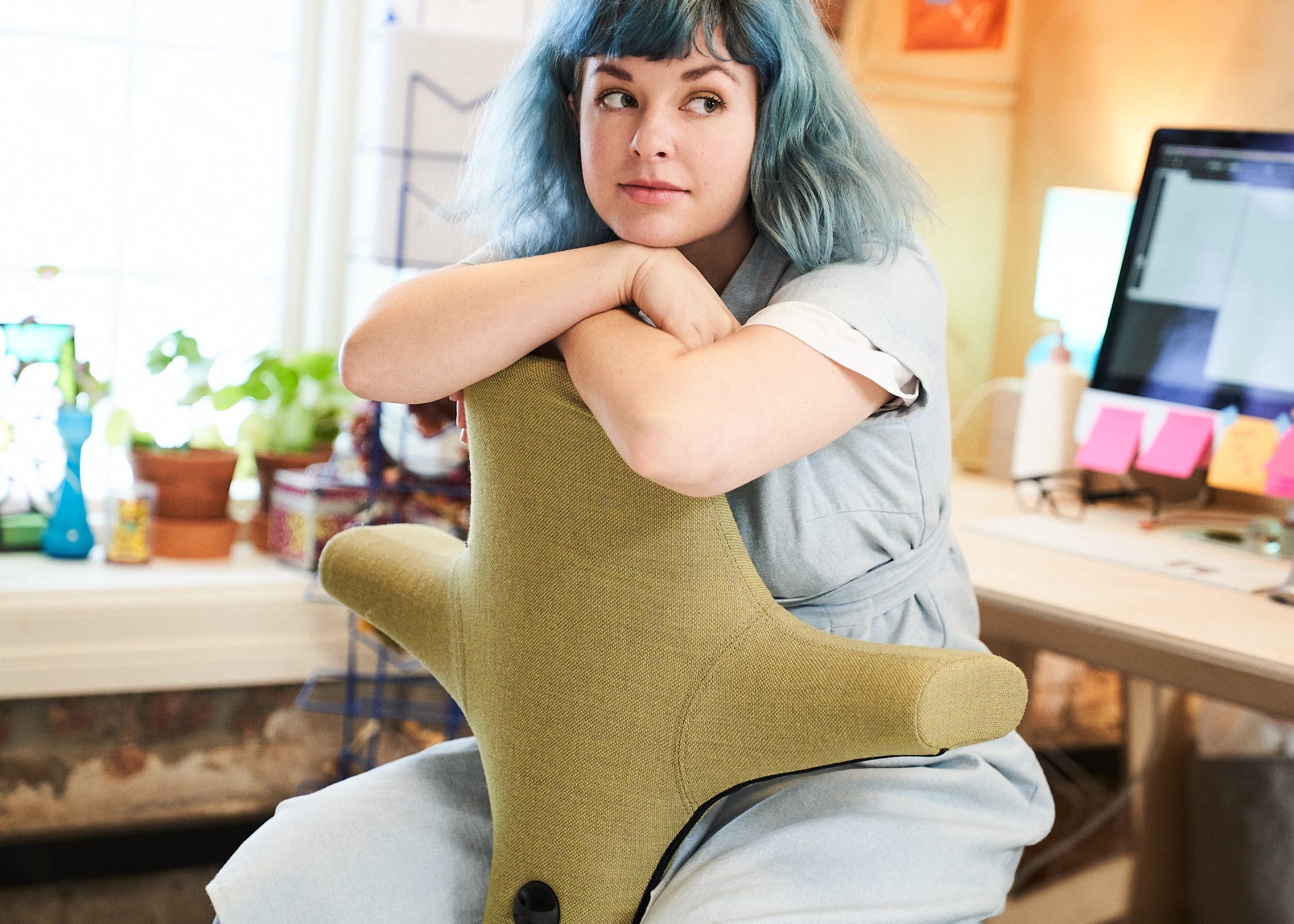I never planned it…
but somewhere along the way, I conditioned my brain to launch into hyperfocus every time I played Lo-Fi study music. Now, all I need to do is press play and within minutes, the noise of the world fades, my thoughts line up, and I’m locked in.
Then, when I switch to songs with vocals, music I love to sing along to, it snaps me straight out of that state. That’s when it hit me: this wasn’t coincidence. I’d accidentally trained my brain to enter and exit hyperfocus through sensory cues.
So I began to wonder – if I can do this, could others?

What I Noticed
In conversations with clients, especially those with ADHD, I started seeing patterns.
People described how their focus always kicked in once they sat in a certain chair, heard a specific sound, saw the same lighting, or smelled their favourite candle. Others said their hyperfocus would break only when something jolted their senses – an alarm, the smell of cooking, or a sudden sound.
These weren’t random quirks. They were sensory anchors – environmental cues that the brain had paired with different states of attention.

What the Science Says (and Doesn’t)
In psychology, there’s something called classical conditioning – the process of pairing a neutral cue with a response until the cue alone triggers that response.
Research already shows that:
- Music can enhance concentration and regulate mood in ADHD and other neurodiverse minds.
- Mindfulness and Buddhist teachings both recognise how sensory input shapes emotional and mental states.
- Neuroscience confirms that sensory pathways can store associative memories.
But here’s what’s missing: few people talk about intentionally conditioning sensory cues, using any of the five senses, to trigger or end hyperfocus.
That’s where my accidental discovery, and this working theory, begins.

My Working Concept: Sensory Anchoring for Focus
I’m calling it Sensory Anchoring – the idea that our brains can learn to associate specific sensory cues (sound, sight, touch, taste, and smell) with the onset and offset of hyperfocus.
Over time, these cues can become “on” and “off” switches for attention.
For me, sound is the primary anchor, Lo-Fi study music brings me into focus, while songs with vocals pull me back out.
For others, it might be:
- Sight: a tidy desk, specific lighting, or colour-coded workspace.
- Touch: the feel of a particular chair, textured fidget, or clothing fabric.
- Smell: a particular candle, diffuser scent, or the smell of morning coffee.
- Taste: a mint or flavoured drink associated with working time.
Any of the five senses can act as an entry or exit cue, depending on what your brain links to the state of focus.

How It Might Work in Practice
Here’s how you could experiment with it yourself, or explore it through coaching:
- Identify your existing anchors Think about when your focus naturally kicks in. What are you hearing, seeing, smelling, touching, or tasting at that moment?
- Strengthen the association Use those cues only during work or focus sessions. The more consistent the pairing, the stronger the conditioning.
- Protect the trigger Treat your chosen cue as sacred. If you start using it recreationally, the brain will stop seeing it as special. For example, I avoid listening to Lo-Fi study music outside of work so the association stays strong. The same applies to any cue – sight, scent, texture, or taste.
- Create a conscious “on” switch Choose a sensory cue (a song, scent, lighting setup, or texture) to signal that it’s time to focus.
- Establish an “off” switch Introduce a cue that tells your brain it’s time to step back – songs with vocals, an alarm, a citrus scent on a timer, or a change in lighting or temperature. Anything that gently shocks the senses can help you exit hyperfocus.
- Journal and adjust Track what works. You might find certain senses dominate – or that a combination creates the strongest response.

A Few Cautions
- This is not yet a formal coaching model – it’s a developing concept grounded in observation and experience.
- Over-reliance on a single cue could backfire if that cue isn’t available, so experiment with variety.
- Always maintain balance – we’re training focus, not trapping it.

Final Thoughts
The more I explore this, the more convinced I am that hyperfocus isn’t purely spontaneous – it’s trainable.
If a simple sound can pull my brain into deep concentration and another can lift me back out, maybe we can all learn to manage our attention more intentionally – one sensory cue at a time.
What’s your sensory anchor? Is there a sound, sight, smell, taste, or texture that helps you switch on your focus – or reminds you to step away?
Let’s explore this together. John-michael@remtekworkplace.com

